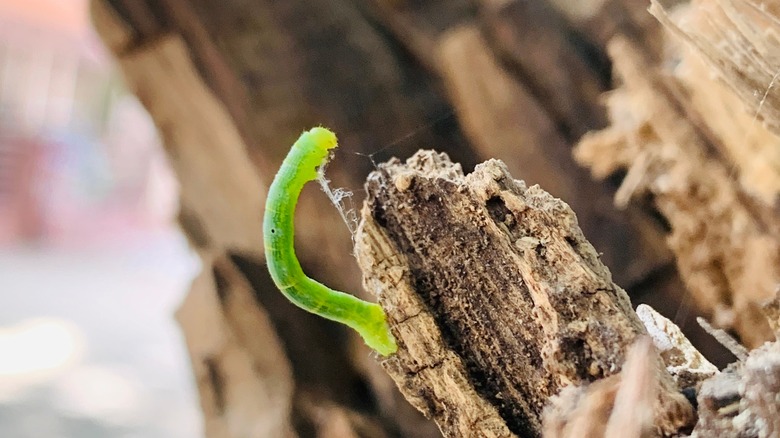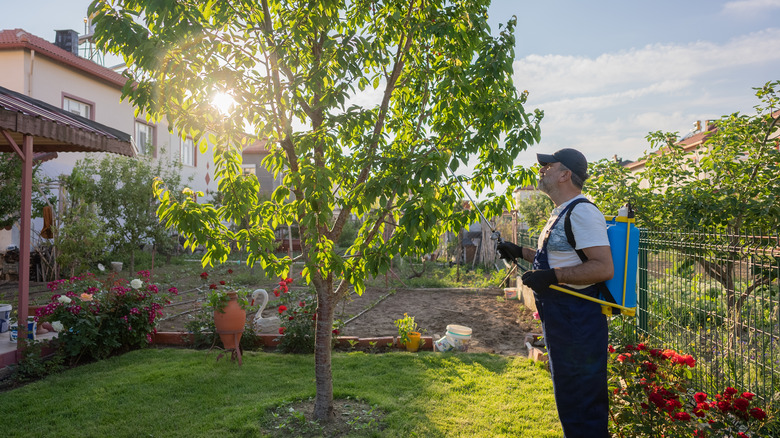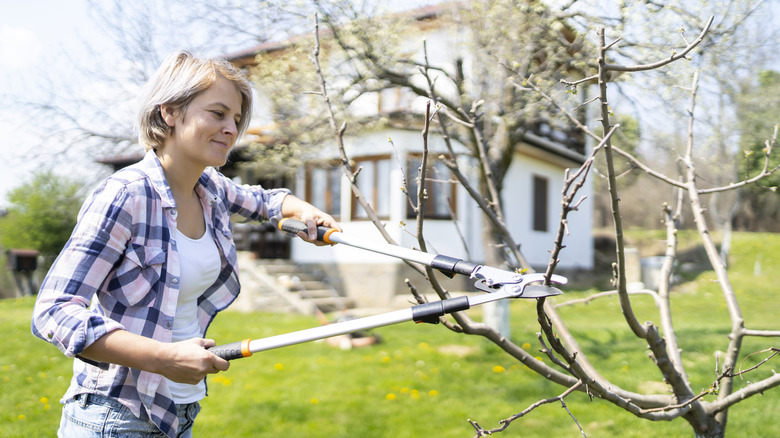Eliminate Cankerworms From Your Trees With These Helpful Tips
Cankerworms are a type of inchworm (or loopers). These caterpillars belong to the family Geometridae, and they can wreak havoc on trees by feeding on their foliage, weakening them and increasing their susceptibility to disease and other stressors. This is why you need to eliminate cankerworms fast! Good thing there are various available methods of cankerworm elimination, including pesticides, tree banding, biological controls, and horticultural oils.
Originating from moth species such as the fall cankerworm (Alsophila pometaria) and spring cankerworm (Paleacrita vernata), cankerworms are common pests in many regions, particularly in North America. They are known for their characteristic looping movement and typically infest a variety of deciduous trees, including oak, maple, birch, ash, cherry, and apple. These voracious pests emerge in the spring or fall, depending on the species, and feed on tender foliage, often causing severe defoliation if left unchecked. This can weaken the tree, stunt its growth, and even lead to branch dieback or tree mortality in severe infestations.
Methods of eliminating cankerworms from trees
There are several effective methods for eliminating cankerworms from trees, including the application of chemical and natural pesticides. Chemical insecticides should be used according to label instructions and applied during the caterpillars' active feeding period for maximum effectiveness — 10 days after egg hatching is best. Meanwhile, spinosad is a natural insecticide derived from the Saccharopolyspora spinosa soil bacterium. It acts as a nerve toxin, causing paralysis and death in caterpillars and other pests upon ingestion. Spinosad products are considered safe for use in organic gardening and can effectively control cankerworms when applied to tree leaves or fruits.
Biological controls like Bacillus thuringiensis (Bt) — a naturally occurring soil bacterium that produces toxins lethal to many insect larvae, including cankerworms — also work. Bt is most effective when applied to tree foliage during spring and effectively targets and kills caterpillars while posing minimal risk to non-target organisms. Another option is to use horticultural oils (like neem) that suffocate pests by coating their bodies and blocking their spiracles, the tiny openings through which they breathe. When applied to tree foliage, horticultural oils can control cankerworm larvae by smothering them and preventing them from hatching without harming beneficial insects or other wildlife.
Prevention and tree care
To prevent cankerworm infestations and protect tree health, consider implementing responsible tree care practices like regular pruning to remove dead or damaged branches and improve airflow through the canopy. Doing this helps to reduce conditions favorable to cankerworm infestations. Keep trees healthy and vigorous by providing proper water, nutrients, and sunlight. Healthy trees are better able to withstand pest attacks and recover from damage caused by cankerworms. Regularly inspect trees for signs of cankerworm activity, such as defoliation (shot-hole leaves, or missing leaves altogether), and use immediate intervention to prevent the infestations from becoming severe. Another prevention method, tree banding, involves wrapping a sticky barrier around the tree's trunk to trap crawling caterpillars. This method can prevent cankerworms from reaching the foliage and reduce their population without the need for chemical pesticides — though its effectiveness is debated.
Of course, you can always consult a professional tree service or arborist as they're knowledgeable and well-equipped to deal with cankerworms and other pests.


